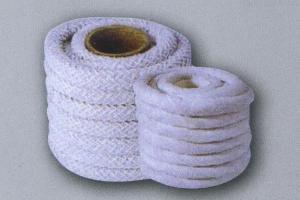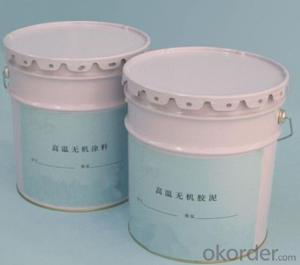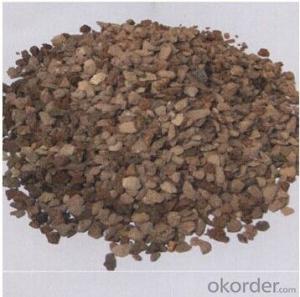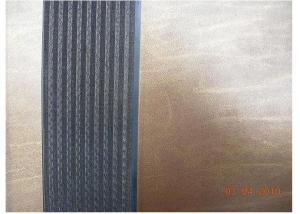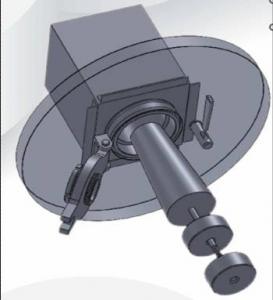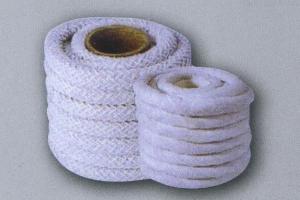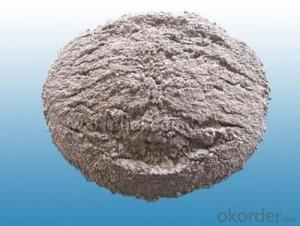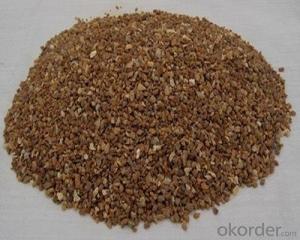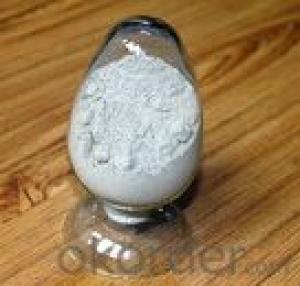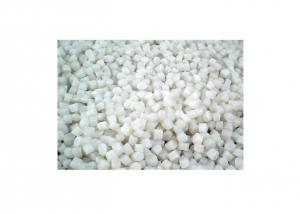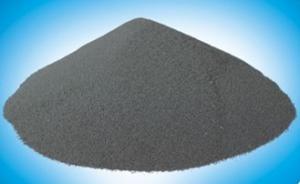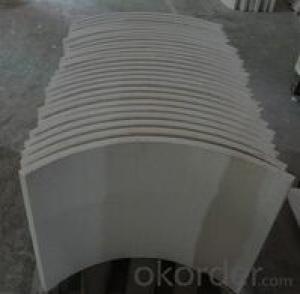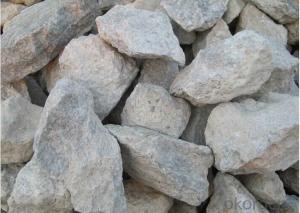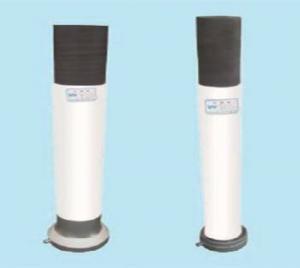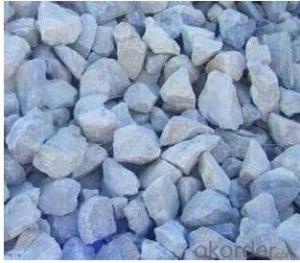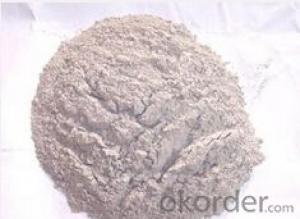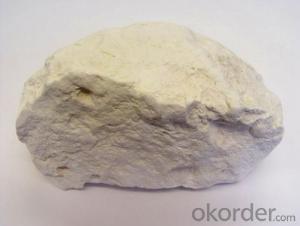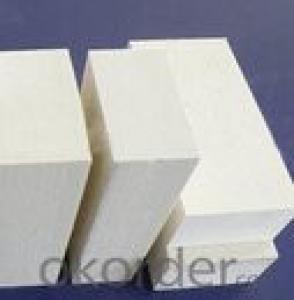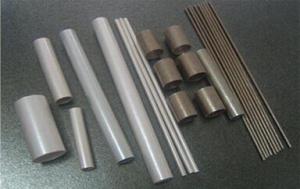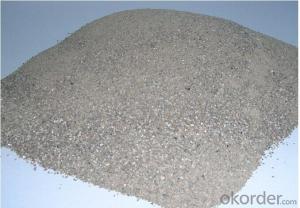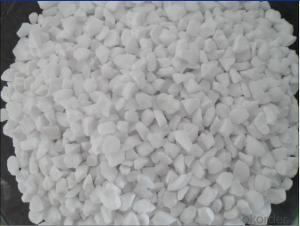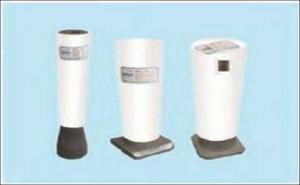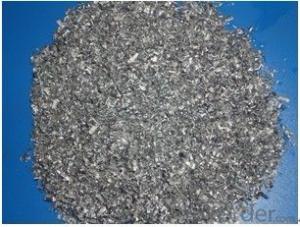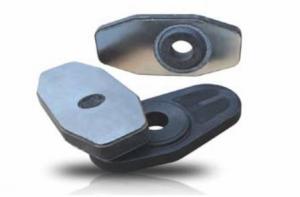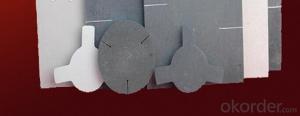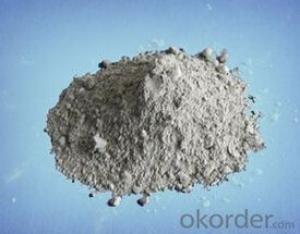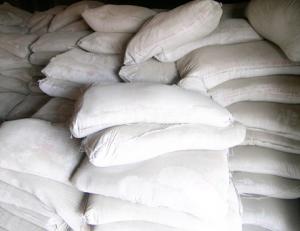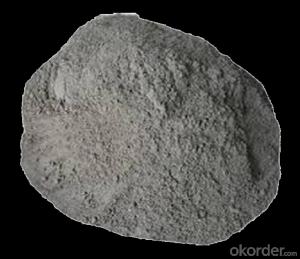Iron Raw Material
Iron Raw Material Related Searches
Raw Material For Steel Indigenous Raw Materials Raw Construction Materials Raw Materials Los Angeles Purchasing Raw Materials Metal Cast Iron Cast Iron Metallurgy Raw Productions Plastics Raw Materials Reinforcement Material Cast Gray Iron Types Of Raw Materials Used In Industries Iron Foundry White Cast Iron Hardness Cast Iron Spheroidal Iron Cast Iron Water Welding Grey Cast Iron Modular Cast Iron Cast Iron Hardness Sg Iron Hardness Iron Ore Tianjin Broken Cast Iron Foundry Iron Iron Cast Metal Fabric Combustable Metals Compacted Graphite Iron Cast Iron Sphere Cast Iron FerrousIron Raw Material Supplier & Manufacturer from China
Iron Raw Material, which encompasses a variety of ores and minerals, is an essential component in the production of steel and other metal alloys. These materials, such as hematite and magnetite, are extracted from the earth and processed to be used in various manufacturing processes. Iron raw materials are widely utilized in the construction, automotive, and machinery industries, among others, due to their strength and durability. These materials are also crucial for infrastructure development and are used in the production of a multitude of everyday items.Okorder.com is a reputable wholesale supplier of Iron Raw Material, offering a vast inventory to cater to the needs of various industries. With a commitment to quality and customer satisfaction, Okorder.com ensures that the iron raw materials they provide meet the highest standards. Their extensive inventory allows customers to find the specific type of iron raw material they require, making it a one-stop-shop for businesses in need of these essential materials.
Hot Products
